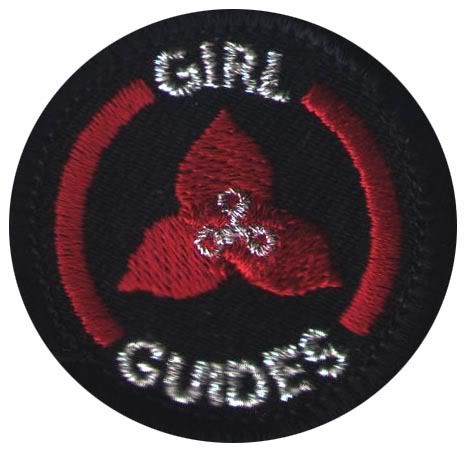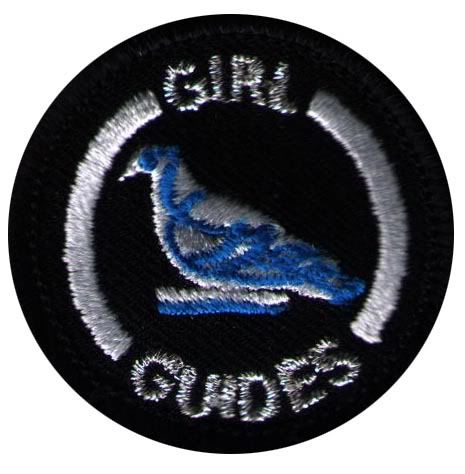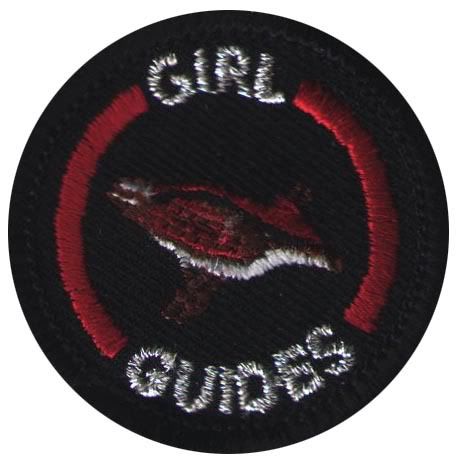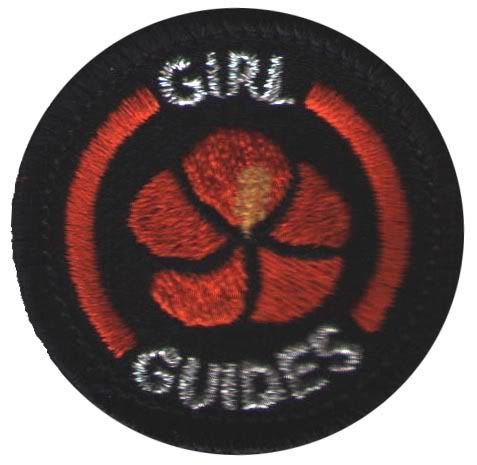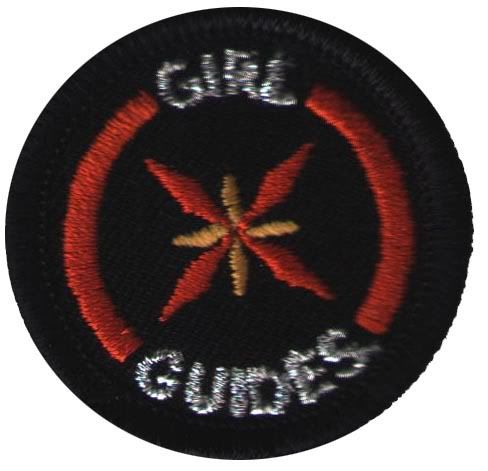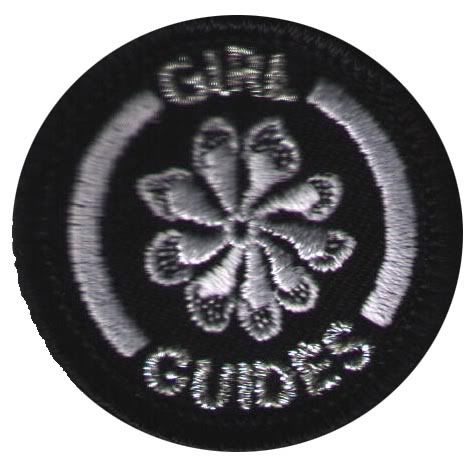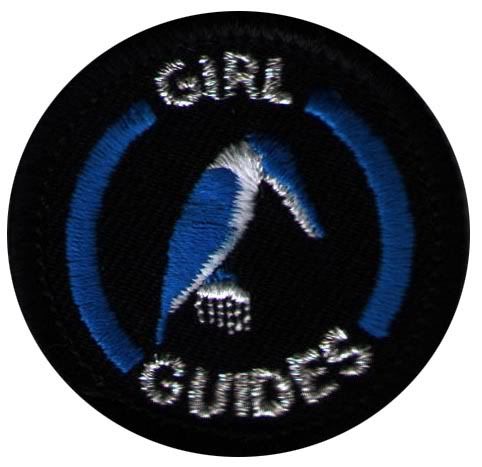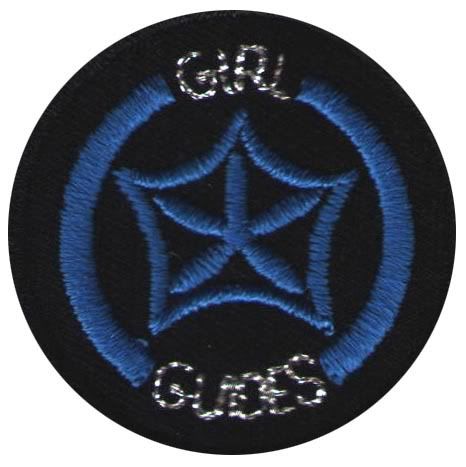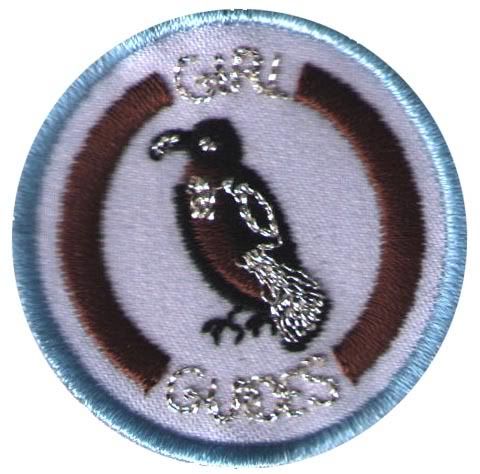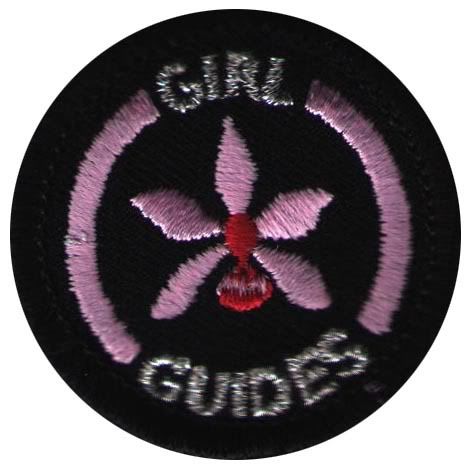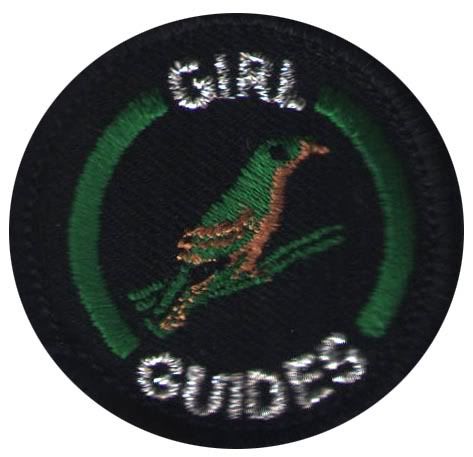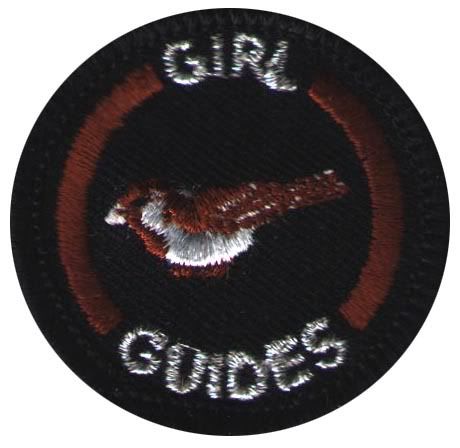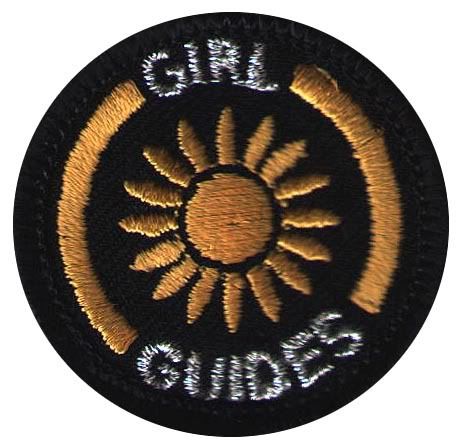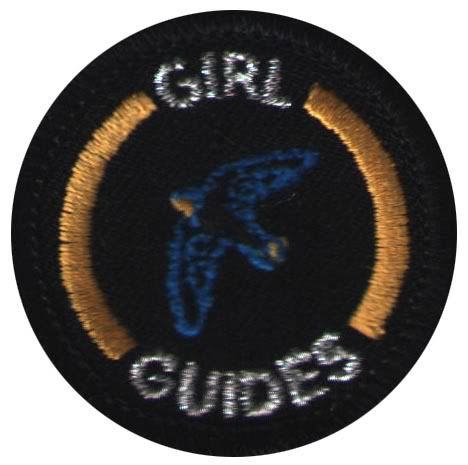COMPUTER
1. 1.1 Able to discuss with the examiner the development of the computer, its past history, present trends and future developments.
1.2 Draw a block diagram of a typical microcomputer, describe the various component parts and briefly explain their functions in the working of a microcomputer.
1.3 Describe 4 types of Data Storage Devices.
1.4 Know the differences between computer systems.
(Micro, Mini, Medium and Computer System).
EITHER
2. Write a programme design (or flow chart) of a routine which you perform daily and produce a programme design (or flow chart) for a programme you have written.
OR
3.1 Able to illustrate 6 applications of modern computers in business, education, health and science.
3.2 List 3 examples of applications /softwares that are present in a common computer and describe its functions. (Example: Microsoft Office, Adobe Reader, Photoshop,Windows Meadia Player, etc.)
DENTAL HEALTH
1. Know the structure and function of teeth.
2. Make a model of a tooth with whatever materials that can be used.
3. Know the various oral hygiene aids and their correct use.
4. Know the importance of good nutrition for good dental health.
5. Name 6 foods which contain free sugars and how they affect dental health.
6. Demonstrate how a younger child can be taught to practice good oral hygiene.
ENVIRONMENTALIST
For this badge, guides may work alone or in groups of not more than 4.
There are altogether 4 clauses to complete:
1. Select two of the videotapes listed in Appendix I and view them before embarking on the other clauses.
2. Make either a Log Book, a short video (not more than 15 min) or a slide presentation on one of the following items:
2.1 Saving valuable resources (e.g. water, trees/wood/paper, fuel lie petroleum, electricity, metals etc). State the importance of saving on resources and give practical suggestions on how to do so. List environmental friendly alternatives. Give specific brands/ models (e.g. XXX bulbs consume less energy) if relevant. Discuss the possibilities of re-cycling to lower the depletion of raw materials.
2.2 List substances which are harmful to the environment (e.g. toxic wastes, harmful nitrates, excessive amount of carbon dioxide, ozone etc.) and how they are introduced into the environment (e.g. through manufacturing etc.). Suggest ways to combat their consumption.
2.3 Make a research into how garbage is disposed in Singapore. What are the problems? Visit incinerators if possible. Show how some of the wastes can be reduced, reused, or even recycled.
2.4 Make a study of an animal which has been declared ‘endangered’ and show how Man was responsible for the cause of its near extinction. Suggest how Man may reverse his actions in an effort to protect it.
2.5 Collect articles from newspapers and magazines illustrating how actions of people harm, or help, the environment. Study what a government, voluntary or commercial agency has done to help protect the environment.
2.6 Make a list of government, and either voluntary or commercial agencies which have undertaken projects in relation to environmental protection. Make a careful study of one of the projects, showing its contributions.
3. 3.1 Using scarp materials, make a practical and useful object (the craft should not be ornamental). Detail what materials have been used (e.g. unwanted paper from an old torn garment). No new materials ought to be purchased for the making of this item.
OR
3.2 Make a poster or collage depicting any theme on protecting and caring for the environment. The poster/collage should be displayed in school.
National Heritage Badge
Information for Guides and Guiders
What is the National Heritage Badge?
The Heritage Badge is a badge of distinction. It is awarded to those who have the passion, commitment and drive to learn about, research and share their knowledge of matters related to Singapore's history, culture and beliefs. The badge is awarded by the National Heritage Board to deserving students who have completed a heritage project specified by the Board.
Who is eligible for this badge?
For secondary school who are in any uniformed group like Girl Guides who have been enrolled.
What must be done to obtain this badge?
All you have to do is to complete any one of the projects listed by the National Heritage Board (within maximum 3 months).
i. Projects
1. Designing a Heritage Trail
2. Undertaking Research Projects; e.g.designing information booklet on Monuments in Singapore e.g. tracing your or someone's genealogy, ie, family tree
3. Creating a multi-media programmer CD-ROM, or web-based project on Heritage topics
4. Promotion of National Symbols, eg. exhibition, information booklets, board game, card game
5. Volunteering at NHB events/ exhibitions and other projects related to Heritage in consultation with NHB (to be advised by NHB on availability)
ii. Award of Badge
The assessment is done by the Guider(s). The badge is awarded only if the project meets the following criteria:
1. Level of commitment, ie; see through the project right from the beginning till the end
2. Professionalism and quality of project
3. Ability to show that he or she has learn and benefited from the project. (research and documentation of the project)
iii. Submission & Collection of Badge
The badge will be awarded by the UG Headquarters after the projects have been assessed by Guider(s). The Guider will need to fill the Badge Certificate & Badge Summary List and submit it to Guide House, General Office.
iv. Useful Websites
http://www.nhb.gov.sg/WWW/
http://www.mystory.sg/
http://www.mytrails.sg/
http://www.heritagefest.org.sg/
